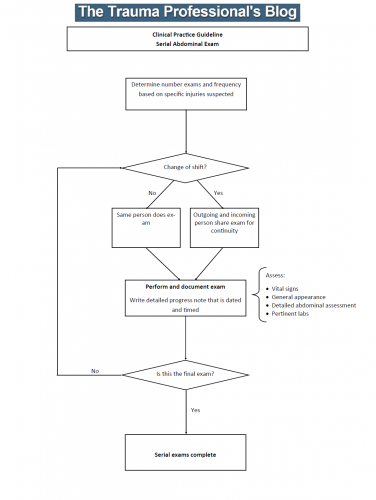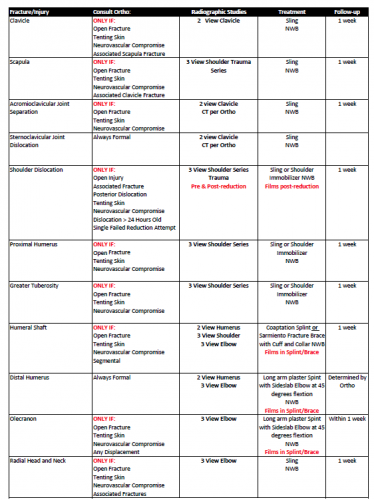I still encounter a quite a bit of confusion about ED thoracotomy: when to do it, when to stop. A nice set of guidelines was developed by the Subcommittee on Outcomes of the American College of Surgeons Committee on Trauma about 10 years ago. And really, things haven’t changed very much since then.
In general, the literature on this topic has been all over the place. Most studies are retrospective with very little statistical validation. But there’s a lot of it out there. The subcommittee used fairly standard methods to evaluate the literature and come up with some recommendations.
The overall survival rate for all comers was 8% (11% for penetrating, 1.6% for blunt). About 15% of survivors (no breakdown of blunt vs penetrating) suffered from neurologic impairment. Penetrating cardiac injury had the best survival (31%). In the 4 studies on children, the survival numbers paralleled the adults.
Because of the relatively weak quality of the data, only level II recommendations were given. They were:
- Don’t consider ED thoracotomy in blunt trauma patients unless the patient arrests in front of you. Otherwise, meaningful survival is almost nonexistent.
- Consider ED thoracotomy for penetrating chest injury if there were witnessed signs of life and a short transport time (5-10 minutes max, in my opinion). Look for pupillary response, spontaneous respirations, palpable pulse, or a narrow complex cardiac rhythm.
- ED thoracotomy for penetrating abdominal injuries has a low survival rate, but can be considered if the injury may involve the chest.
- Consider thoracotomy for suspected abdominal vascular injury, but survival is also very low.
- The guidelines above apply equally to children.
Practical tips: ED thoracotomy is a seldom used and dangerous procedure. There are many opportunities for injury to trauma professionals, so be selective and take precautions. Assign someone to run the chemical code while the surgeons open the chest. Watch out for broken ribs and scalpels gone wild!
I’ll post pictures and specific pointers over the next three days.
Related posts:
Reference: Practice management guidelines for emergency department thoracotomy. JACS 193(3):303-309, 2001.


